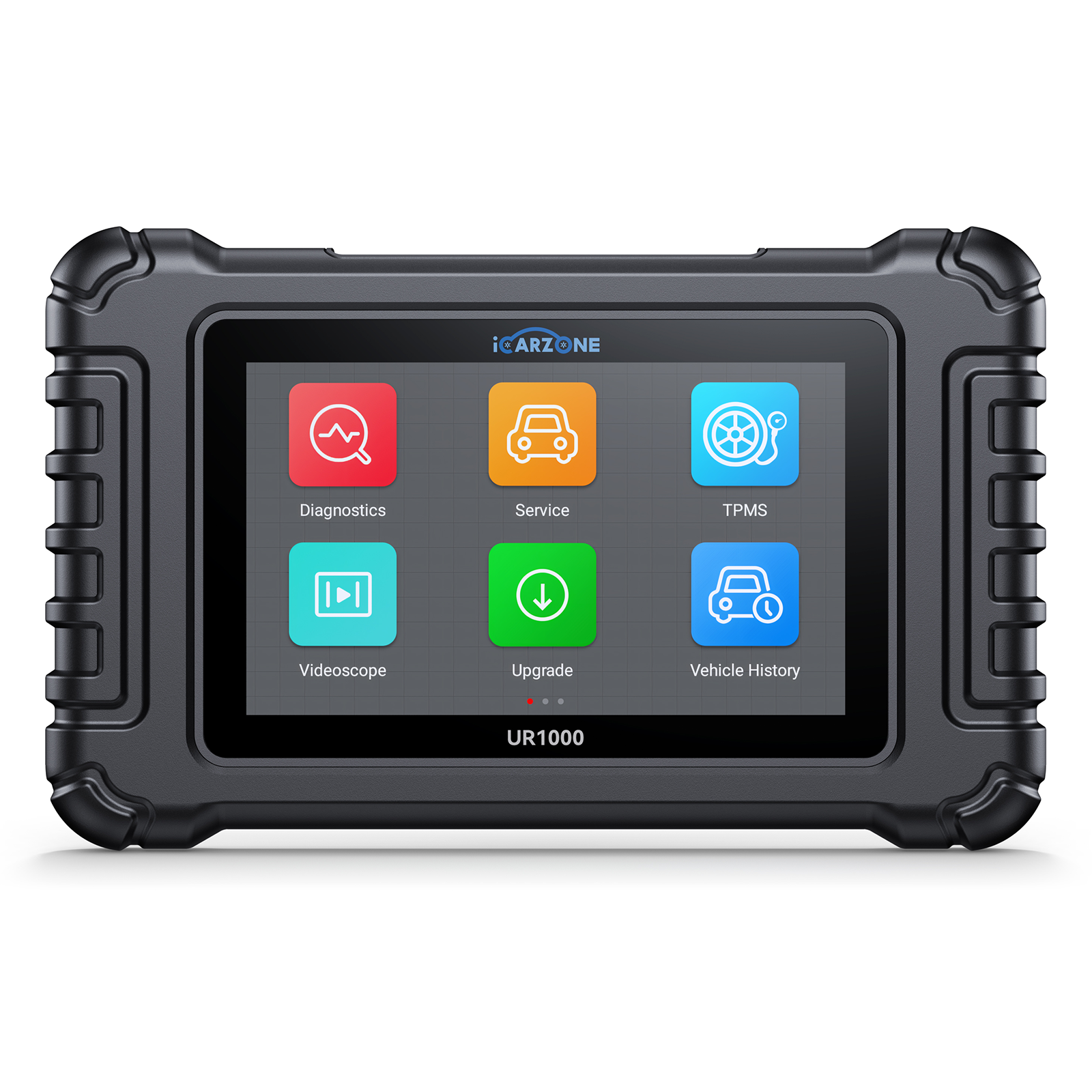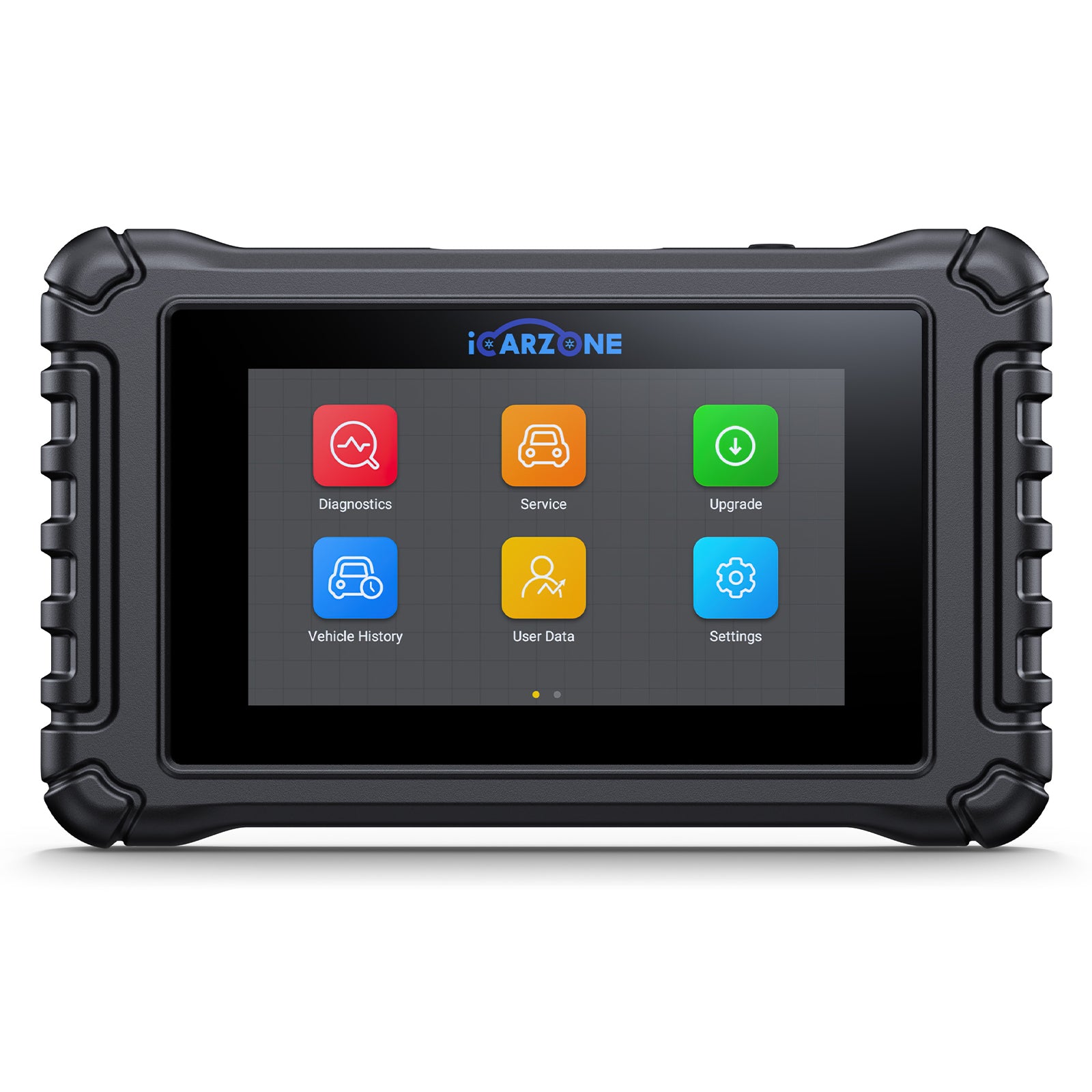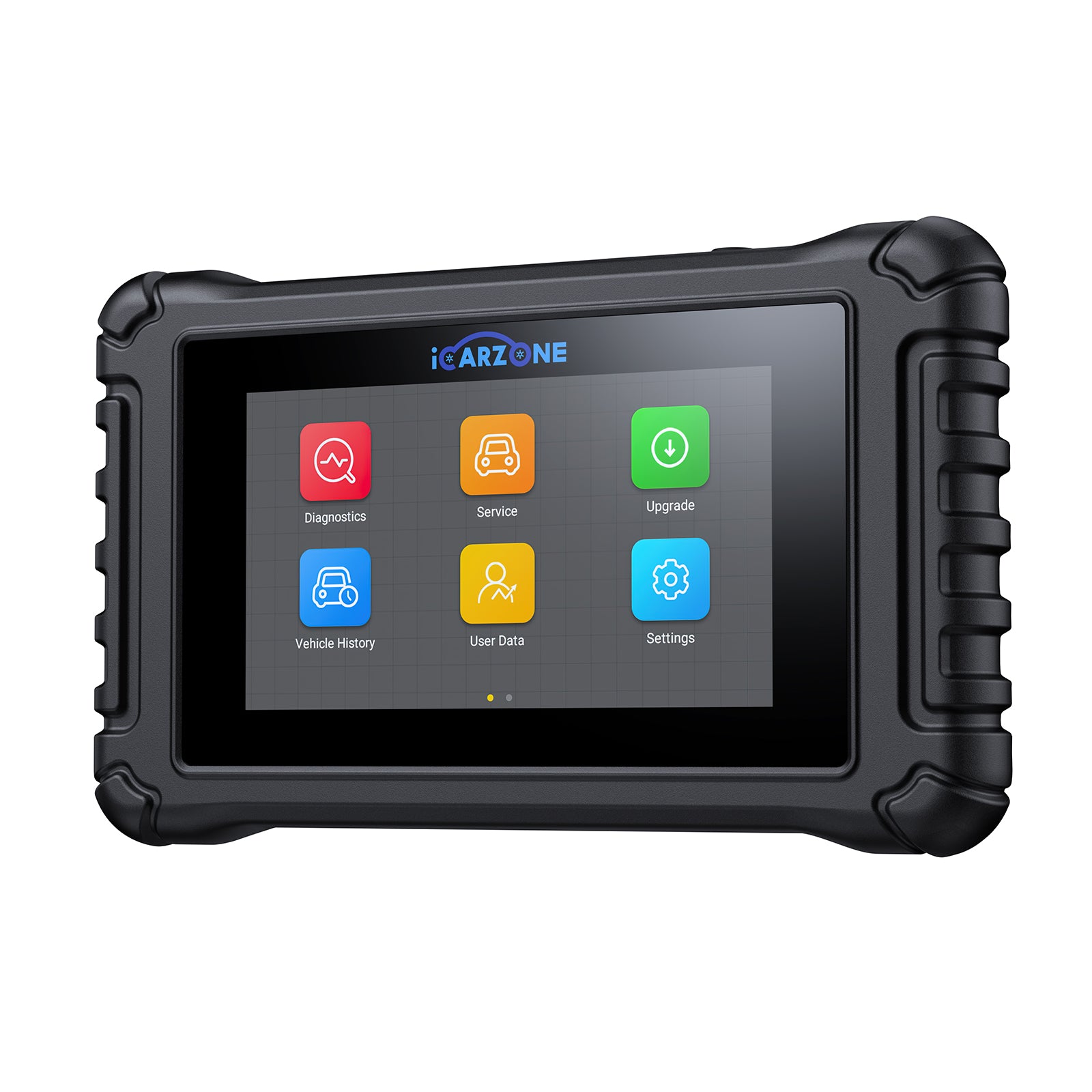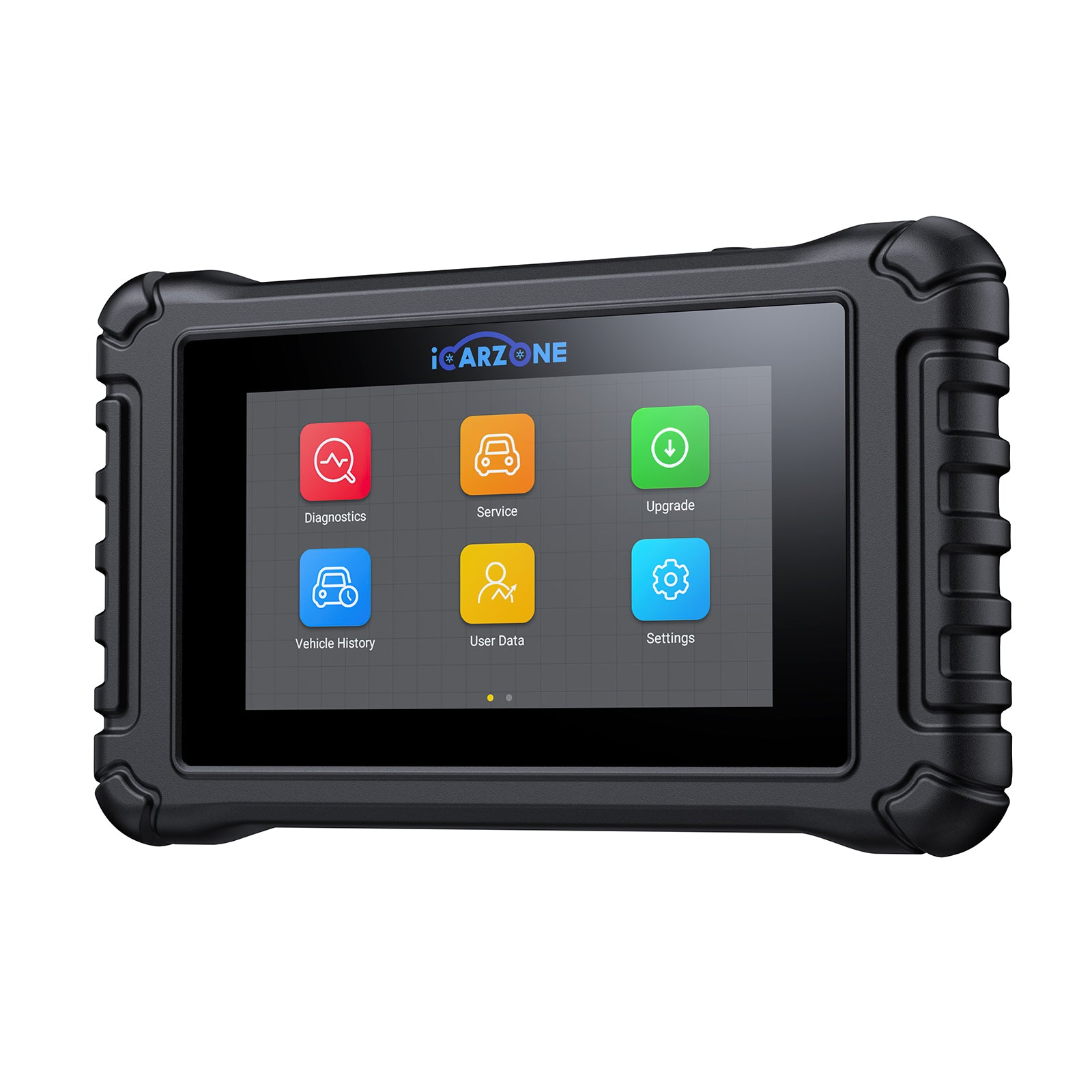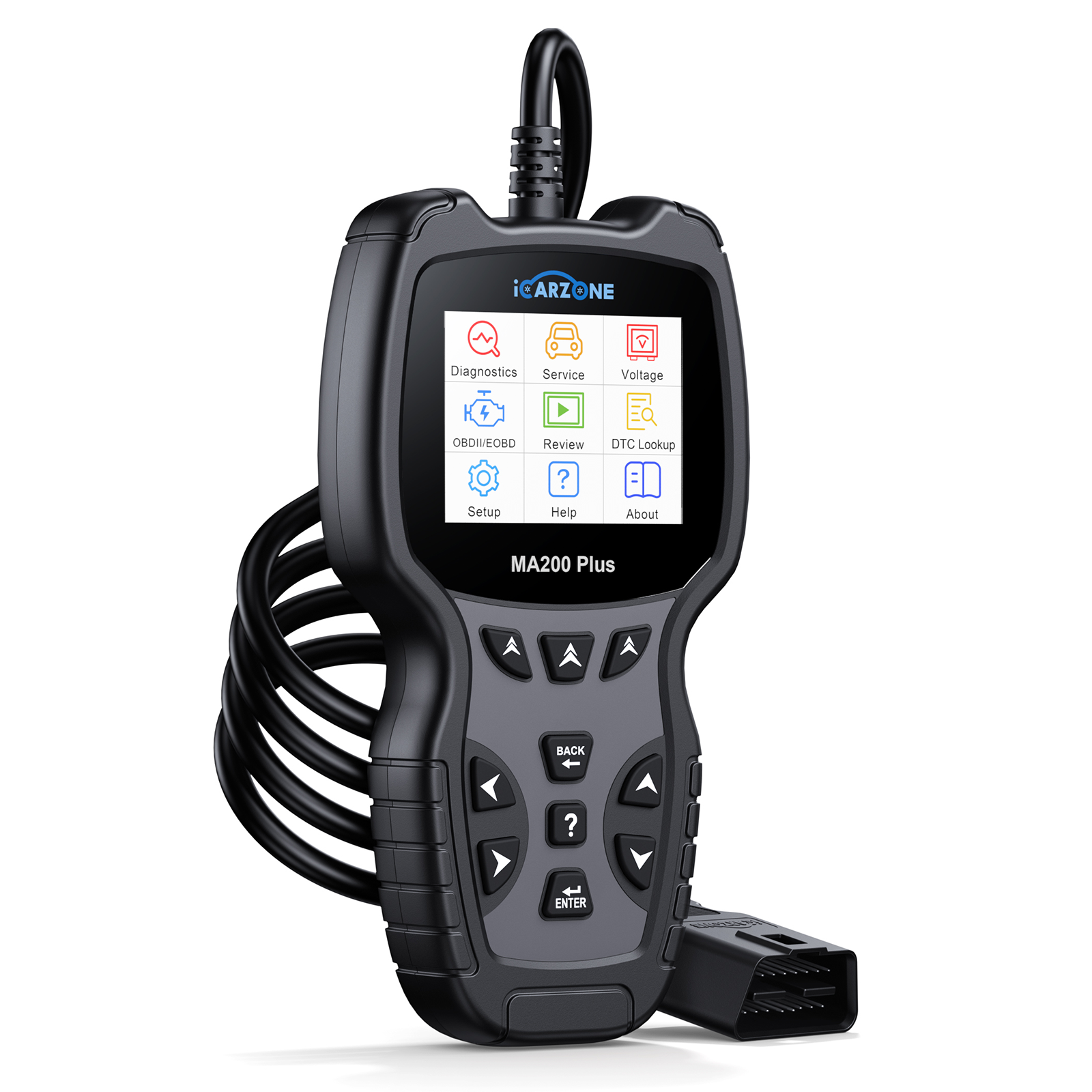What is the P0299 Error Code?
The P0299 error code, officially defined as "Turbocharger/Supercharger 'A' Underboost Condition", is a diagnostic trouble code that indicates your vehicle's Engine Control Module (ECM) has detected insufficient boost pressure from the turbocharger or supercharger system. This code is universal across all automotive manufacturers and represents one of the most common issues affecting turbocharged and supercharged engines.
When your engine's forced induction system fails to generate the expected boost pressure, it directly impacts engine performance, power output, and fuel efficiency. The ECM continuously monitors boost pressure through various sensors and compares the actual readings against predetermined values. When the actual boost pressure falls significantly below the expected threshold, the P0299 code is triggered, and the Check Engine Light illuminates on your dashboard.
Understanding this code is crucial because modern turbocharged engines rely heavily on precise boost pressure control to deliver optimal performance while maintaining fuel economy and emissions compliance. The turbocharger or supercharger essentially forces more air into the engine's combustion chambers, allowing for more fuel to be burned and significantly increasing power output without requiring a larger engine displacement.
Common Symptoms of P0299
Recognizing the symptoms associated with a P0299 error code is essential for timely diagnosis and repair. While the Check Engine Light serves as the primary warning, several performance-related symptoms typically accompany this code:
- Check Engine Light (CEL) Activation: The most immediate and obvious symptom is the illumination of the Check Engine Light on your dashboard, indicating that the ECM has detected a fault in the boost system.
- Significant Power Loss: You'll experience a noticeable reduction in engine power, particularly during acceleration or when climbing hills. The engine may feel sluggish and unresponsive compared to its normal performance.
- Poor Acceleration: Acceleration will be noticeably slower, especially from a standstill or when overtaking. The vehicle may struggle to reach higher speeds or take much longer to do so.
- Reduced Fuel Economy: Ironically, despite the power loss, you may notice decreased fuel efficiency as the engine works harder to compensate for the lack of boost pressure.
- Engine Entering Limp Mode: In severe cases, the ECM may activate limp mode, severely limiting engine power and speed to prevent potential damage. This safety feature restricts the vehicle's performance until the issue is resolved.
- Unusual Engine Noises: You might hear whistling, whining, or hissing sounds from the engine bay, particularly around the turbocharger or intercooler area, indicating potential air leaks or mechanical issues.
- Black or Blue Exhaust Smoke: In some cases, you may notice unusual exhaust smoke, which could indicate oil leaks in the turbocharger or combustion issues related to the underboost condition.
- Rough Idling: The engine may idle roughly or inconsistently, particularly when the turbocharger system is not functioning properly.

A modern turbocharger system, showing the complex components that must work together for proper boost pressure.
What Causes the P0299 Code?
The P0299 code can be triggered by various issues within the turbocharger or supercharger system. Understanding these potential causes is crucial for accurate diagnosis and effective repair. Here are the most common culprits:
- Faulty Wastegate Actuator: The wastegate controls boost pressure by regulating exhaust gas flow to the turbocharger. A malfunctioning actuator can cause the wastegate to remain open, preventing proper boost buildup.
- Damaged or Leaking Intercooler: The intercooler cools compressed air from the turbocharger before it enters the engine. Leaks or damage can result in significant pressure loss and reduced boost efficiency.
- Clogged Air Filter: A severely restricted air filter can limit airflow to the turbocharger, preventing it from generating adequate boost pressure. This is often an overlooked but easily remedied cause.
- Vacuum Leaks in the Boost System: Any leaks in the vacuum lines, hoses, or connections within the boost system can cause pressure loss and trigger the P0299 code.
- Turbocharger Mechanical Failure: Internal damage to the turbocharger, such as worn bearings, damaged impeller blades, or shaft play, can significantly reduce its ability to generate boost pressure.
- Faulty Boost Pressure Sensor: If the sensor that monitors boost pressure is malfunctioning, it may send incorrect readings to the ECM, potentially triggering a false P0299 code.
- Charge Air Cooler Issues: Problems with the charge air cooler (another term for intercooler) can restrict airflow and reduce boost efficiency.
- Exhaust System Restrictions: Blockages in the exhaust system, such as a clogged catalytic converter or damaged exhaust pipe, can affect turbocharger performance by creating back pressure.
- Engine Control Module (ECM) Problems: While less common, ECM malfunctions can sometimes cause incorrect boost pressure calculations or control signals.
- Fuel System Issues: In some cases, fuel delivery problems can affect the air-fuel mixture, indirectly impacting turbocharger performance and boost pressure readings.
iCARZONE Professional Insight:
Diagnosing P0299 requires a systematic approach because multiple components can cause similar symptoms. The iCARZONE UR-1000 diagnostic tool provides real-time boost pressure monitoring and comprehensive system analysis, allowing you to pinpoint the exact cause quickly and accurately. This saves both time and money by avoiding unnecessary part replacements.
Diagnosing the P0299 Code
Accurate diagnosis of the P0299 code requires a methodical approach and the right diagnostic tools. Here's a comprehensive step-by-step process for identifying the root cause:
- Connect Professional Diagnostic Equipment: Begin by connecting an advanced OBD-II scanner like the iCARZONE UR-1000 to your vehicle's diagnostic port. This tool will not only read the P0299 code but also provide access to live data streams, freeze frame data, and manufacturer-specific information.
- Review Freeze Frame Data: Examine the freeze frame data captured when the code was set. This information includes engine RPM, vehicle speed, boost pressure readings, and other parameters that can provide valuable clues about when and under what conditions the problem occurs.
- Check for Additional Codes: Look for other related diagnostic trouble codes that might accompany P0299. Codes related to the Mass Airflow Sensor (MAF), Manifold Absolute Pressure (MAP) sensor, or other boost system components can help narrow down the diagnosis.
- Monitor Live Data Stream: Use your diagnostic tool to monitor real-time boost pressure readings while the engine is running. Compare actual boost pressure with the commanded boost pressure at various RPM levels and load conditions.
- Visual Inspection of Boost System: Perform a thorough visual inspection of all boost system components, including intercooler pipes, vacuum hoses, clamps, and connections. Look for obvious signs of damage, leaks, or loose connections.
- Air Filter Inspection: Check the air filter condition. A severely clogged filter can restrict airflow and cause underboost conditions. Replace if necessary and retest.
- Boost Leak Test: Perform a boost leak test using specialized equipment or a smoke machine to identify any leaks in the pressurized side of the system. Even small leaks can cause significant pressure loss.
- Wastegate Actuator Testing: Test the wastegate actuator operation using a vacuum pump or pressure tester. The actuator should move smoothly and hold vacuum/pressure as specified in the service manual.
- Turbocharger Physical Inspection: Inspect the turbocharger for signs of damage, oil leaks, or excessive shaft play. Check both the compressor and turbine sides for damage or foreign object debris.
- Boost Pressure Sensor Testing: Test the boost pressure sensor using a multimeter and compare readings with actual boost pressure measured with a mechanical gauge.
Important Safety Considerations:
- Always allow the engine to cool completely before working on turbocharger components, as they operate at extremely high temperatures.
- Be cautious when working around pressurized systems and always relieve pressure before disconnecting components.
- Use proper eye protection when inspecting the turbocharger, as debris or oil may be present.
- Consult your vehicle's service manual for specific testing procedures and specifications.
How to Fix the P0299 Error Code
Once you've accurately diagnosed the root cause of the P0299 code, the repair process will depend on the specific component or system that's malfunctioning. Here's a comprehensive guide to the most common repairs:
1. Wastegate Actuator Replacement or Repair
If the wastegate actuator is found to be faulty, it will need to be replaced or, in some cases, rebuilt. This component is critical for controlling boost pressure, and its failure is one of the most common causes of P0299. The repair involves removing the old actuator, installing a new one, and properly adjusting the wastegate rod length according to manufacturer specifications. After replacement, the system should be tested to ensure proper boost pressure control across all RPM ranges.
2. Intercooler Repair or Replacement
If the intercooler is damaged or leaking, it may be possible to repair minor leaks using specialized sealants or welding techniques. However, significant damage typically requires complete replacement. When replacing an intercooler, ensure that all connecting pipes and clamps are also in good condition, as these are common failure points. The new intercooler should be pressure tested before installation to verify its integrity.
3. Air Filter Replacement
This is often the simplest and most cost-effective repair. A severely clogged air filter should be replaced with a high-quality OEM or equivalent aftermarket filter. While replacing the filter, also inspect the air intake system for any other restrictions or damage that might affect airflow to the turbocharger.
4. Vacuum Line and Hose Replacement
Replace any damaged, cracked, or deteriorated vacuum lines and boost hoses. Use high-quality, heat-resistant hoses designed for turbocharger applications. Ensure all clamps are properly tightened to manufacturer specifications to prevent future leaks. Consider upgrading to silicone hoses in high-heat areas for improved durability.
5. Turbocharger Rebuild or Replacement
If the turbocharger itself is mechanically damaged, you have several options. Minor issues might be addressed through a professional rebuild, which involves replacing worn internal components while retaining the original housing. More severe damage typically requires complete turbocharger replacement. When installing a new or rebuilt turbocharger, it's crucial to address any underlying issues that may have caused the original failure, such as oil contamination or inadequate lubrication.
6. Boost Pressure Sensor Replacement
A faulty boost pressure sensor is relatively straightforward to replace. Ensure you use the correct part number for your specific vehicle, as these sensors are calibrated for particular pressure ranges. After replacement, the sensor may need to be calibrated or the ECM may need to relearn the new sensor's characteristics.
7. ECM Reprogramming or Replacement
In rare cases where the ECM is at fault, reprogramming with updated software may resolve the issue. If the ECM hardware is damaged, replacement will be necessary, followed by programming to match your vehicle's specifications. This type of repair typically requires specialized equipment and should be performed by qualified technicians.
After completing any repair, it's essential to clear the P0299 code using your iCARZONE UR-1000 diagnostic tool, then perform a comprehensive test drive to verify that the boost system is functioning correctly. Monitor boost pressure readings during various driving conditions to ensure the repair was successful and that no other issues remain.
P0299 Repair Cost
The cost to repair a P0299 error code varies significantly depending on the root cause, vehicle make and model, labor rates in your area, and whether you choose OEM or aftermarket parts. Here's a detailed breakdown of potential repair costs:
| Component/Repair | Part Cost (USD) | Labor Cost (USD) | Total Cost (USD) |
|---|---|---|---|
| Air Filter Replacement | $20 - $60 | $30 - $80 | $50 - $140 |
| Vacuum Hose Replacement | $30 - $100 | $80 - $200 | $110 - $300 |
| Wastegate Actuator | $150 - $400 | $150 - $400 | $300 - $800 |
| Intercooler Replacement | $300 - $800 | $200 - $500 | $500 - $1300 |
| Boost Pressure Sensor | $80 - $250 | $100 - $200 | $180 - $450 |
| Turbocharger Rebuild | $800 - $1500 | $400 - $800 | $1200 - $2300 |
| Turbocharger Replacement | $1200 - $3000 | $500 - $1000 | $1700 - $4000 |
| ECM Reprogramming | $0 - $50 | $100 - $300 | $100 - $350 |
| ECM Replacement | $800 - $2000 | $200 - $500 | $1000 - $2500 |
These estimates can vary significantly based on your vehicle's make and model, with luxury and performance vehicles typically commanding higher parts and labor costs. Additionally, some repairs may require multiple components to be replaced simultaneously, which can increase the total cost. For example, when replacing a turbocharger, it's often recommended to also replace the oil and oil filter, as well as inspect and potentially replace related components like the wastegate actuator or boost hoses.
Investing in a quality diagnostic tool like the iCARZONE UR-1000 can help you avoid unnecessary diagnostic fees and ensure accurate problem identification, potentially saving hundreds of dollars in misdiagnosed repairs.
iCARZONE UR-1000: Your Ultimate Diagnostic Solution
When dealing with complex issues like the P0299 error code, having the right diagnostic equipment can make the difference between a quick, accurate repair and costly trial-and-error troubleshooting. The iCARZONE UR-1000 stands out as the premier choice for both professional technicians and serious automotive enthusiasts who demand precision and reliability in their diagnostic work.
The UR-1000's advanced capabilities make it particularly well-suited for diagnosing turbocharger and boost system issues:
- Real-Time Boost Pressure Monitoring: The UR-1000 provides live data streaming of boost pressure readings, allowing you to observe actual vs. commanded boost pressure in real-time. This capability is crucial for identifying intermittent issues and verifying repairs.
- Comprehensive System Coverage: Beyond basic code reading, the UR-1000 accesses manufacturer-specific data and advanced system functions, providing deeper insights into turbocharger control systems and related components.
- Wireless Diagnostic Interface: The compact VCI (Vehicle Communication Interface) connects wirelessly to the intuitive 7-inch touchscreen tablet, giving you the freedom to move around the vehicle during testing while maintaining constant data connection.
- Advanced Graphing Capabilities: Visualize sensor data trends over time with built-in graphing functions, making it easier to identify patterns and intermittent faults that might not be apparent from static readings.
- Freeze Frame Analysis: Access detailed freeze frame data that captures the exact conditions when the P0299 code was set, providing valuable diagnostic clues about the circumstances surrounding the fault.
- Bi-Directional Control: Perform active tests on turbocharger control systems, wastegate actuators, and boost control solenoids to verify proper operation and response.
- 49+ Service Functions: Beyond diagnostics, the UR-1000 offers extensive service capabilities including DPF regeneration, injector coding, and other functions that may be needed during comprehensive turbocharger system repairs.
- Multi-Language Support: The user-friendly interface supports multiple languages and provides clear, detailed explanations of diagnostic trouble codes and their potential causes.
The UR-1000's high-speed quad-core processor ensures rapid data processing and smooth operation, even when handling complex diagnostic routines. Its robust construction and long-lasting battery make it suitable for professional shop environments while remaining accessible to dedicated DIY mechanics.
By investing in the iCARZONE UR-1000, you're not just buying a diagnostic tool – you're investing in the confidence that comes from accurate, professional-grade diagnostics that can save you time, money, and frustration when dealing with complex automotive issues like the P0299 code.
Frequently Asked Questions (FAQ)
A: Both turbochargers and superchargers can trigger the P0299 code, but they operate differently. Turbochargers are driven by exhaust gases and are more common in modern vehicles, while superchargers are mechanically driven by the engine's crankshaft. The P0299 code applies to both systems when they fail to generate adequate boost pressure, but the diagnostic approach and potential causes may vary slightly between the two systems.
A: While your vehicle may still be drivable with a P0299 code, it's not recommended for extended periods. You'll experience significant power loss, reduced fuel economy, and the engine may enter limp mode. More importantly, continued driving without addressing the underlying issue could lead to more severe and expensive damage to the turbocharger or engine components.
A: The UR-1000 excels at P0299 diagnosis through its real-time boost pressure monitoring, freeze frame analysis, and comprehensive system testing capabilities. It can display actual vs. commanded boost pressure, help identify vacuum leaks through pressure testing guidance, and provide access to manufacturer-specific turbocharger control parameters that generic scanners cannot access.
A: No, P0299 doesn't always indicate turbocharger failure. While turbocharger issues can cause this code, it's often triggered by simpler problems like clogged air filters, vacuum leaks, faulty wastegate actuators, or damaged intercoolers. This is why proper diagnosis is crucial – many P0299 cases can be resolved with relatively inexpensive repairs if correctly identified.
A: Regular maintenance is key to preventing P0299 codes. This includes timely air filter replacements, using high-quality engine oil and changing it regularly, allowing the turbocharger to cool down properly after hard driving, inspecting boost system hoses and connections periodically, and addressing any oil leaks promptly. Quality fuel and avoiding excessive idling can also help maintain turbocharger health.
Conclusion
The P0299 error code represents one of the most significant performance-related diagnostic trouble codes you can encounter in a turbocharged or supercharged vehicle. Understanding its implications, recognizing the associated symptoms, and knowing the potential causes are essential steps toward maintaining your vehicle's performance and preventing costly repairs.
As we've explored throughout this comprehensive guide, the P0299 code can stem from various sources, ranging from simple and inexpensive fixes like air filter replacement to more complex and costly repairs such as turbocharger replacement. The key to effective resolution lies in accurate diagnosis, which is where professional-grade diagnostic equipment becomes invaluable.
The iCARZONE UR-1000 diagnostic tool represents the pinnacle of automotive diagnostic technology, offering the advanced capabilities needed to quickly and accurately identify the root cause of P0299 and countless other diagnostic challenges. By investing in quality diagnostic equipment, you're not only saving money on diagnostic fees but also ensuring that repairs are done right the first time.
Remember that modern turbocharged engines are sophisticated systems that require proper maintenance and timely attention to issues. Ignoring a P0299 code or attempting to drive through the symptoms can lead to catastrophic engine damage that far exceeds the cost of proper diagnosis and repair. When in doubt, consult with qualified professionals who have the expertise and equipment necessary to properly diagnose and repair complex turbocharger systems.
Ready to Master Automotive Diagnostics?
Take control of your vehicle's health with the professional-grade iCARZONE UR-1000 diagnostic system. Experience the confidence that comes from accurate, comprehensive diagnostics.
Get Your iCARZONE UR-1000 Today


